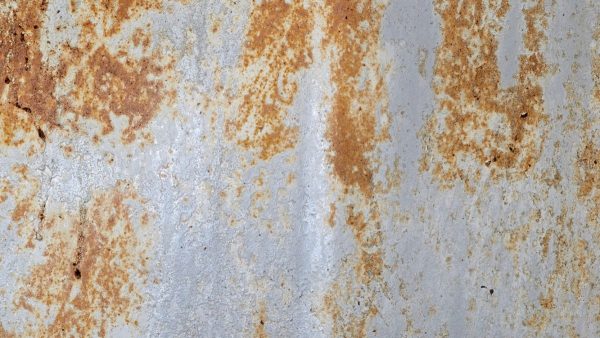Rust jacking: causes, effects, and remedies

Rust jacking, a menacing issue that can undermine the structural soundness of metal constructions, demands our immediate attention. In this article, we discuss the issues surrounding rust jacking, from its origins to its consequences, and present practical remedies for a swift and thorough resolution.
What is rust jacking?
Rust jacking, concealed beneath protective coatings or paint layers, represents a hidden menace. It arises from corrosion that develops beneath the surface of metal structures, exerting pressure that leads to blistering and detachment of protective coatings or metal layers. This insidious process can ultimately result in structural damage and, in severe cases, pose safety hazards.
What causes rust jacking?
Numerous factors contribute to the initiation of rust jacking. Moisture exposure, whether from rain, humidity, or condensation, accelerates corrosion on metal surfaces. Inadequate, insufficient, or damaged protective coatings permit moisture infiltration and corrosion of the underlying metal. Foreign materials or contaminants on metal surfaces create favorable conditions for corrosion. Moreover, galvanic corrosion, occurring when dissimilar metals come into contact, may exacerbate rust jacking.
Effects of rust jacking
The consequences of rust jacking are extensive. Over time, rust jacking can erode the structural integrity of affected metal, potentially leading to structural failure. In industrial settings or critical infrastructure, rust jacking-induced structural damage can jeopardize the safety of workers and the public. Additionally, rust jacking can result in visible surface imperfections and unsightly deterioration, adversely affecting the appearance of buildings and structures.
How to prevent rust jacking
Addressing rust jacking necessitates a proactive approach. Implement routine inspections to detect early signs of rust jacking, enabling timely intervention. Before applying protective coatings or paint, meticulously clean and prepare metal surfaces by removing rust, contaminants, and previous coatings to ensure proper adhesion. Investing in superior, corrosion-resistant protective coatings and paints tailored to the specific metal in use can provide added protection. In select cases, cathodic protection systems can curb corrosion and deter rust jacking. Another essential step is consulting corrosion prevention and remediation professionals for comprehensive assessments and customized solutions.
Rust jacking poses a formidable threat to the longevity and safety of metal structures. To preserve their integrity, it is imperative to comprehend the origins of rust jacking, recognize its consequences, and employ effective solutions. Whether safeguarding commercial buildings or critical infrastructure, proactive steps in rust prevention ensure that metal investments remain robust and dependable for the years ahead. Prioritizing corrosion prevention and remediation stands as a testament to metal structures’ enduring durability, safety, and aesthetic appeal, safeguarding their worth and functionality against the relentless advance of rust.
If you are concerned about rust jacking or the effects it could have on your building right now, we can help. At JKI, we look at buildings and structures every day to determine their safety and help their owners keep them beautiful and functional for as long as possible. Our team would love to help you, so please reach out with any questions or concerns about your building.
